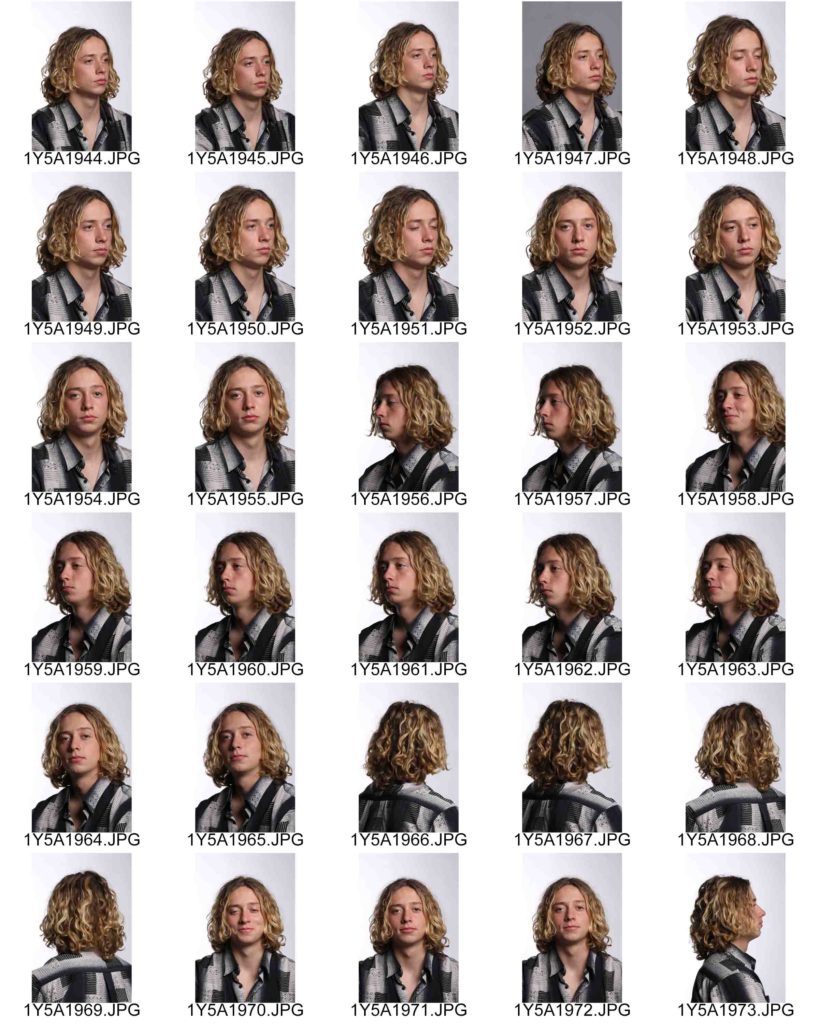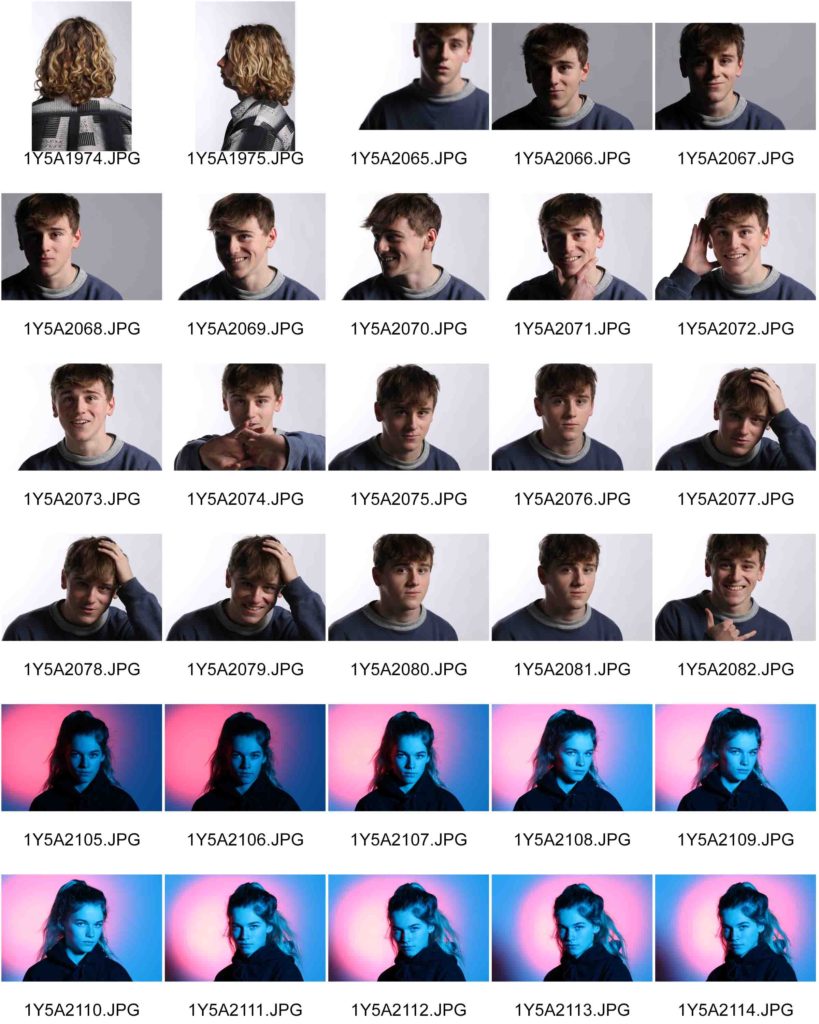Studio Lighting
We use studio lighting because it allows us to create natural lighting effects in a variety of situations. This lighting can be manipulated to the users living to create the desired final effect of highlights and shadows. In a studio, 1, 2 and 3 point lighting can be used. By using three point lighting the photographer can light the subject whilst controlling shading and shadows produced by direct lighting. By using two point lighting the subject is lit and the shadows are controlled by the second light source. By using one point lighting the subject is only lit from one direction, creating string dark shadows. If two lights are used, this is called fill light, it is used to fill the shadows created by the fill light.
Chiaroscuro
‘The term “chiaroscuro” has come to define images in which there is a strong contrast between light and dark areas that help inform the shape and form of a subject.’
Camera Settings
Camera settings (flash lighting)
Tripod: optional
Use transmitter on hotshoe
White balance: daylight (5000K)
ISO: 100
Exposure: Manual 1/125 shutter-speed > f/16 aperture
– check settings before shooting
Focal lenght: 105mm portrait lens
Camera settings (continuous lighting)
Tripod: recommended to avoid camera shake
Manual exposure mode
White balance: tungsten light (3200K)
ISO: 400-1600 – depending on how many light sources
Exposure: Manual 1/60-1/125 shutter-speed > f/4-f/8 aperture
– check settings before shooting
Focal lenght: 50mm portrait lens
Photo shoot’s from the studio



